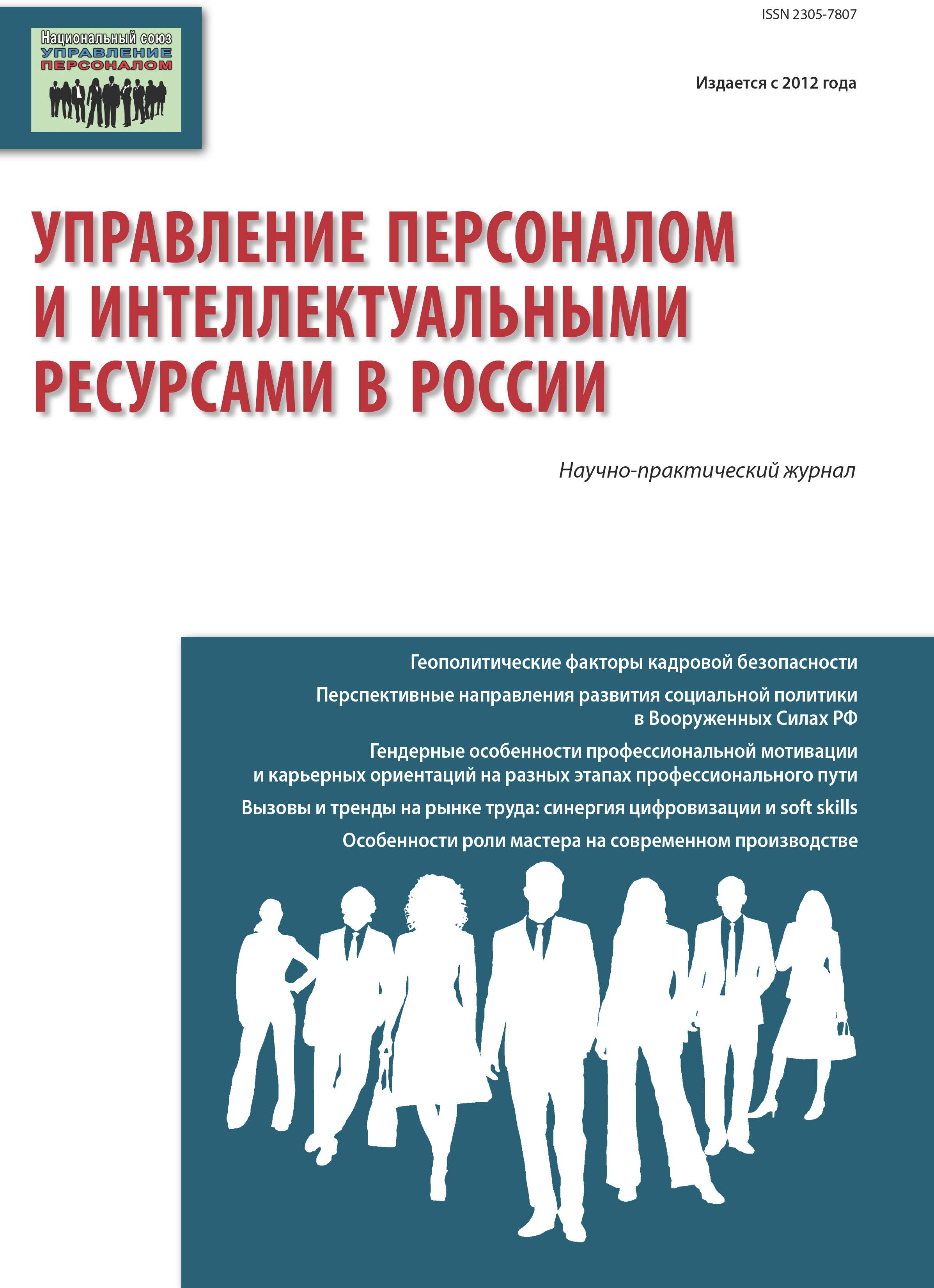Russian Federation
Moskva, Moscow, Russian Federation
Russian Federation
The article focuses on the phenomenon of workaholism, the balance between work and personal life. The authors highlight the problems of workaholism and emphasize their importance for human resource management in a modern organization. The article defines workaholism as an irresistible inner urge to work excessively hard. The article highlights two sides of a workaholic — a strong inner desire for work and its diligent performance, characterizes workaholics with reference to the symptoms and results of a lack of balance between personal and professional life, describes the advantages and barriers that arise as a result of work-life balance. The article assesses the negative consequences of workaholism, which include difficulties with physical and psychological health, increased stress at work and various problems associated with work performance.
organization management, workaholism, performance, conflict
1. Aziz, S., and Zickar, M.J. (2006) A cluster analysis investigation of workaholism as a syndrome. Journal of Occupational Health Psychology, 11, pp.52-62.
2. Bonebright, C. A., Clay, D. L., and Ankenmann, R. D. (2000). The relationship of workaholism with work-life conflict life satisfaction and purpose in life. Journal of Counseling Psychology, 47, pp. 469-477. EDN: https://elibrary.ru/GXGFFT
3. Buelens, M., and Poelmans, S.A.Y. (2004). Enriching the Spence and Robins’ typology of workaholism: Demographic, motivational and organizational correlates. Journal of Organizational Change Management, 17, pp.440-458. DOI: https://doi.org/10.1108/09534810410554470; EDN: https://elibrary.ru/HBEEIF
4. Clark, S.C. (2000). Work/family border theory: A new theory of work/family balance. Human Relations, 53, pp. 747-770. DOI: https://doi.org/10.1177/0018726700536001; EDN: https://elibrary.ru/JMKDPP
5. Clutterbuck, D. (2005). Równowaga między życiem zawodowym a osobistym. [Balance between professional and personal life]. Kraków, Poland: Oficyna Ekonomiczna. Robak, E. (2010). Creating balance between work and personal life of employees versus modern human resources management. In F. Bylok, L. Cichobłaziński (Eds.) Humanization of work and modern tendencies in management. Czestochowa, Poland: Wydawnictwo Wydziału Zarządzania Politechniki Częstochowskiej, pp.61-72.
6. Fassel, D. (1990). Working ourselves to death: The high costs of workaholism, the rewards of recovery. San Francisco: Harper Collins.
7. McMillan, L. H. W., O’Driscoll, M. P., Michael, P. Marsh, N. V., and Brady, E. C. (2001). Understanding workaholism: Data synthesis, theoretical critique and future design strategies. International Journal of Stress Management, 8, pp.69-91.
8. Oates, W. (1971) Confessions of workaholic: Facts about work addiction. New York: World Publishing Co.
9. Piotrowski, C., Vodanovich, S. J. (2006). The interface between workaholism and workfamily conflict: a review and conceptual framework. Organization Development Journal, 24(4), pp. 84-92.
10. Porter, G. (1996). Organizational impact of workaholism: Suggestions for researching the negative outcomes of excessive work. Journal of Occupational Health Psychology, 1, pp. 70-84.
11. Robinson, B.E., Flowers, C. and Carroll, J.J. (2001). Work stress and marriage: A theoretical model examining the relationship between workaholism and marital cohesion. International Journal of Stress Management, 8, pp.165-175. EDN: https://elibrary.ru/AMMVLN
12. Scott, K.S., Moor, K.S., and Miceli, M. P. (1997) An exploration of the meaning and consequences of workaholism. Human Relations, 50, pp. 287-314. DOI: https://doi.org/10.1177/001872679705000304; EDN: https://elibrary.ru/JMKABR
13. Snir, R. and Harpaz, I. (2004). Attitudinal and demographic antecedents of workaholism. Journal of Organizational Change Management, 17, pp.520-536. 29. 20 DOI: https://doi.org/10.1108/09534810410554524; EDN: https://elibrary.ru/HBEEKD
14. Spence, J.T, Robbins, A. S. (1992). Workaholism: Definition, measurement and preliminary results. Journal of Personality Assessment, 58, pp. 160-178.






